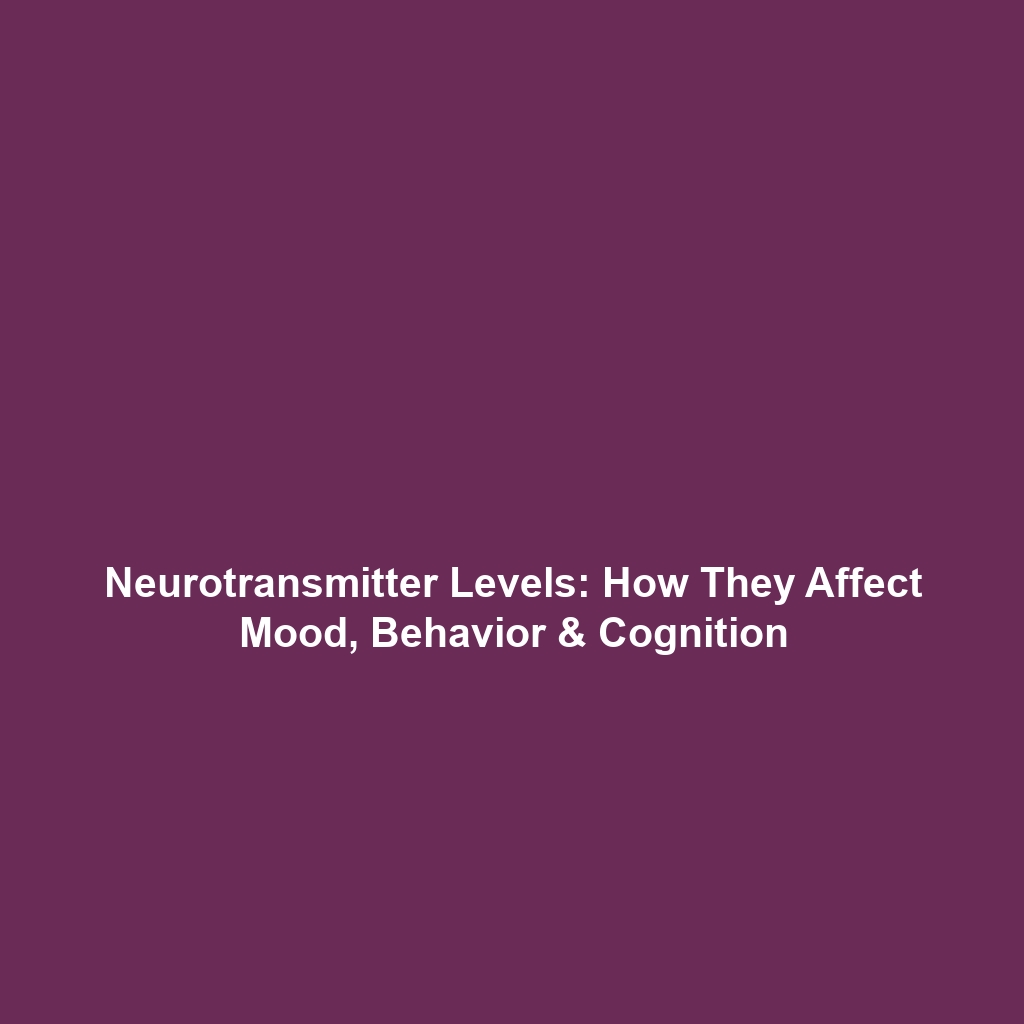Social Implications of Humanoid Robots in Companionship and Caregiving
Introduction
The advent of humanoid robots has sparked significant discourse surrounding their social implications, particularly in the realms of companionship and caregiving. As these machines become more integrated into daily life, understanding their potential impact on human relationships and emotional health is essential. In the context of an aging population and rising loneliness, humanoid robots pose an innovative solution to enhance quality of life. This article delves into the intricate dynamics between humans and humanoid robots, examining both opportunities and challenges presented by their use.
Key Concepts
The use of humanoid robots for companionship and caregiving encompasses several key concepts, including:
- Emotional Support: Humanoid robots can offer emotional companionship to individuals, particularly seniors and those with disabilities.
- Assisted Living: These robots can assist with daily tasks, providing both practical help and social interaction.
- Human-Robot Interaction (HRI): Understanding the interactions between humans and robots is crucial for improving their comfort and effectiveness in caregiving roles.
Social Acceptance
Social acceptance of humanoid robots is paramount. Studies suggest that as people become familiar with robots, the stigma surrounding them decreases, facilitating their adoption in caregiving contexts.
Applications and Real-World Uses
Humanoid robots are increasingly being utilized in real-world settings, demonstrating practical applications in companionship and caregiving:
- Healthcare Facilities: Robots like PARO serve as therapeutic companions for patients, improving emotional health and reducing anxiety.
- Home Care: Robots such as Jibo provide reminders for medication and engage users in conversation, thus alleviating feelings of loneliness.
- Assisted Living Communities: Humanoid robots provide social engagement to residents, thus enhancing their quality of life.
Current Challenges
Despite the promising future, several challenges persist in the integration of humanoid robots into caregiving roles:
- Ethical Concerns: The emotional attachment to robots raises questions about their place in human lives.
- Technological Limitations: Current robots often struggle with nuanced social interactions.
- Acceptance Locales: Varying levels of acceptance across demographics and cultures may limit their effectiveness.
Future Research and Innovations
Research in humanoid robotics is continuously evolving, leading to anticipated breakthroughs that may redefine the caregiving landscape:
- Advanced AI Algorithms: Enhancements in artificial intelligence will enable robots to better understand and respond to human emotions.
- Improved HRI Interfaces: Future robots will feature more intuitive interfaces, facilitating seamless interaction with users.
- Personalization Technologies: The ability to customize robots to fit individual user needs will enhance their effectiveness as companions.
Conclusion
The social implications of humanoid robots in companionship and caregiving represent a significant development in enhancing human emotional and physical well-being. As technology advances, these robots are poised to become indispensable in addressing loneliness and providing care. Stakeholders in technology and healthcare must work collaboratively to navigate the ethical and practical challenges ahead. For further exploration, consider reading our related articles on the future of humanoid robots and their ethical implications.


